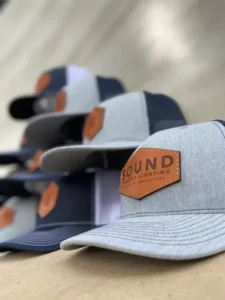Hats have been a staple of fashion, culture, and utility for centuries, but many people overlook the small yet impactful details that make a hat stand out — like the trim around it. The trim isn’t just decoration; it’s an essential part of a hat’s identity and functionality. So, what is the trim around a hat called? Simply put, the trim refers to the decorative edging or band encircling a hat’s crown or brim, commonly known as the “hatband” or “hat trim.” This trim enhances the hat’s style, helps maintain its shape, and sometimes adds functional features like sweat absorption or size adjustment.
Imagine walking into a hat shop and instantly knowing the difference between a grosgrain ribbon band and a leather trim — not only will that boost your style confidence, but it might also change how you select the perfect hat for any occasion. In this article, we’ll take you beyond the basics, exploring trims’ types, materials, roles, and how to pick the right one. Let’s dive in!
1.What is the trim around a hat called?
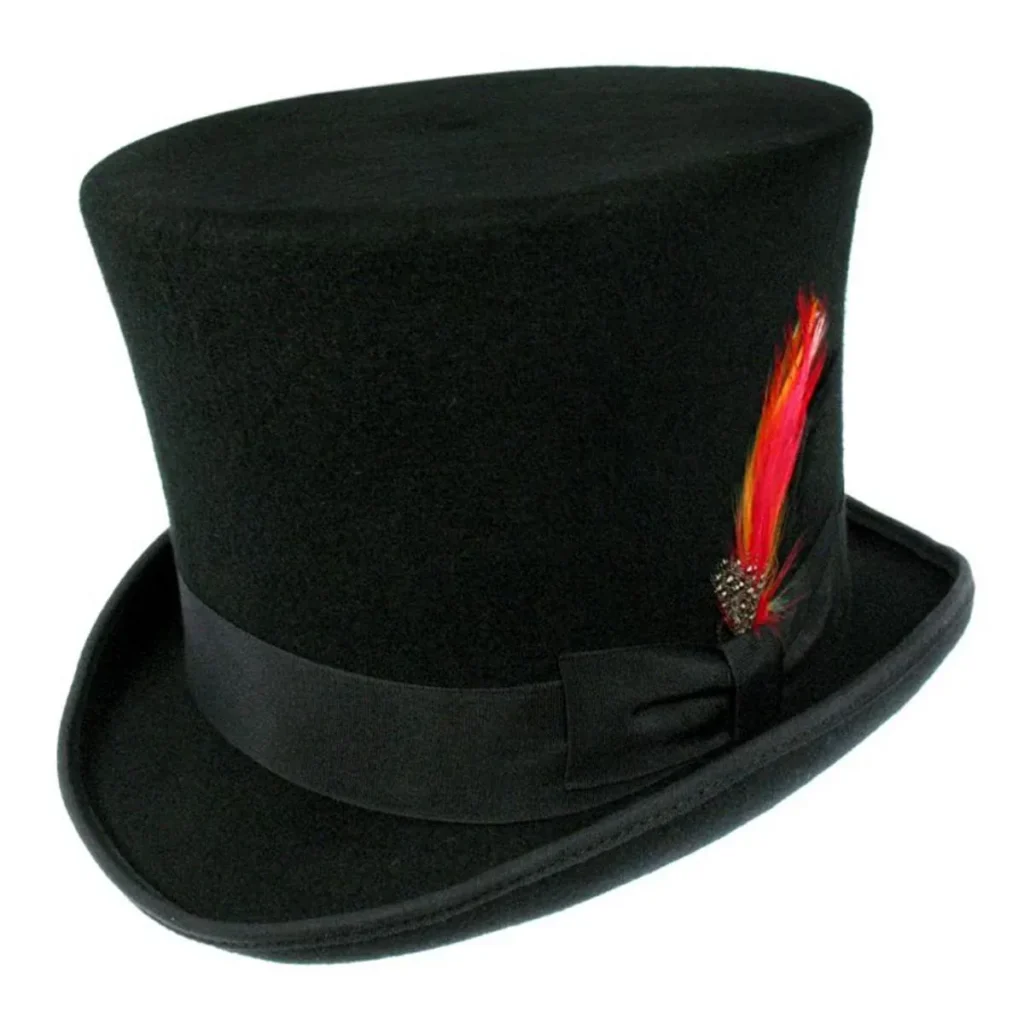
The trim around a hat is most commonly called the hatband or simply the trim. It refers to the decorative or functional band or edging attached near the base of the crown or around the brim.
- Hatband vs. Trim: While “hatband” specifically refers to a band circling the base of the crown, “trim” can include all decorative elements such as ribbons, piping, braids, and even feathers or buttons attached to the hat.
- Functional Roles: Trims aren’t just for looks; they can provide structural support, improve fit, or wick away sweat.
- Historical Evolution: Early hat trims were made from natural materials like leather and straw. Over time, trims evolved to include ribbons, cords, and synthetic fabrics, adapting to fashion trends and technological advancements.
- Regional Differences: In some cultures, hat trims hold symbolic meanings or indicate social status (e.g., the feather in a Tyrolean hat).
| Item | Brief Description |
|---|---|
| Name | Commonly called hatband or trim |
| Definition | “Hatband” is the band at the crown base; “trim” includes all decorative elements |
| Function | Provides support, improves fit, and absorbs sweat |
| History | Evolved from leather and straw to ribbons, cords, and synthetics |
| Regional Use | Sometimes indicates status or cultural meaning (e.g., feathers on Tyrolean hats) |
Understanding this terminology sets the foundation for recognizing how trims influence both aesthetics and functionality.
2.Which types of trims are commonly used around hats?

Common trims include ribbon bands, leather bands, piping, braided cords, and decorative additions like feathers or metal accents.
- Ribbon Bands: Grosgrain ribbons are the classic choice, offering a smooth texture and elegant finish. They come in various colors and widths to match the hat style.
- Leather Bands: Often used in Western or outdoor hats, leather bands add rustic appeal and durability.
- Piping and Edging: Thin strips sewn along seams or brim edges to add contrast and strengthen edges.
- Braided Cords and Twists: Provide a vintage or nautical look, popular in boater and sailor hats.
- Decorative Accents: Feathers, metal pins, or badges can personalize hats or signal affiliations.
- Functional Trims: Sweatbands inside hats, often made of leather or moisture-wicking fabric, protect and increase comfort.
| Trim Type | Description |
|---|---|
| Ribbon Bands | Classic grosgrain ribbons with smooth texture, various colors and widths for style matching. |
| Leather Bands | Common in Western/outdoor hats, adding rustic appeal and durability. |
| Piping and Edging | Thin strips sewn on seams or brim edges for contrast and edge reinforcement. |
| Braided Cords | Vintage or nautical look, popular in boater and sailor hats. |
| Decorative Accents | Feathers, metal pins, badges to personalize or signify affiliations. |
| Functional Trims | Sweatbands inside hats made from leather or moisture-wicking fabric for comfort. |
Each trim type influences a hat’s vibe—whether formal, casual, sporty, or traditional—and can greatly affect customer appeal.
3.How does the trim affect the style and function of a hat?
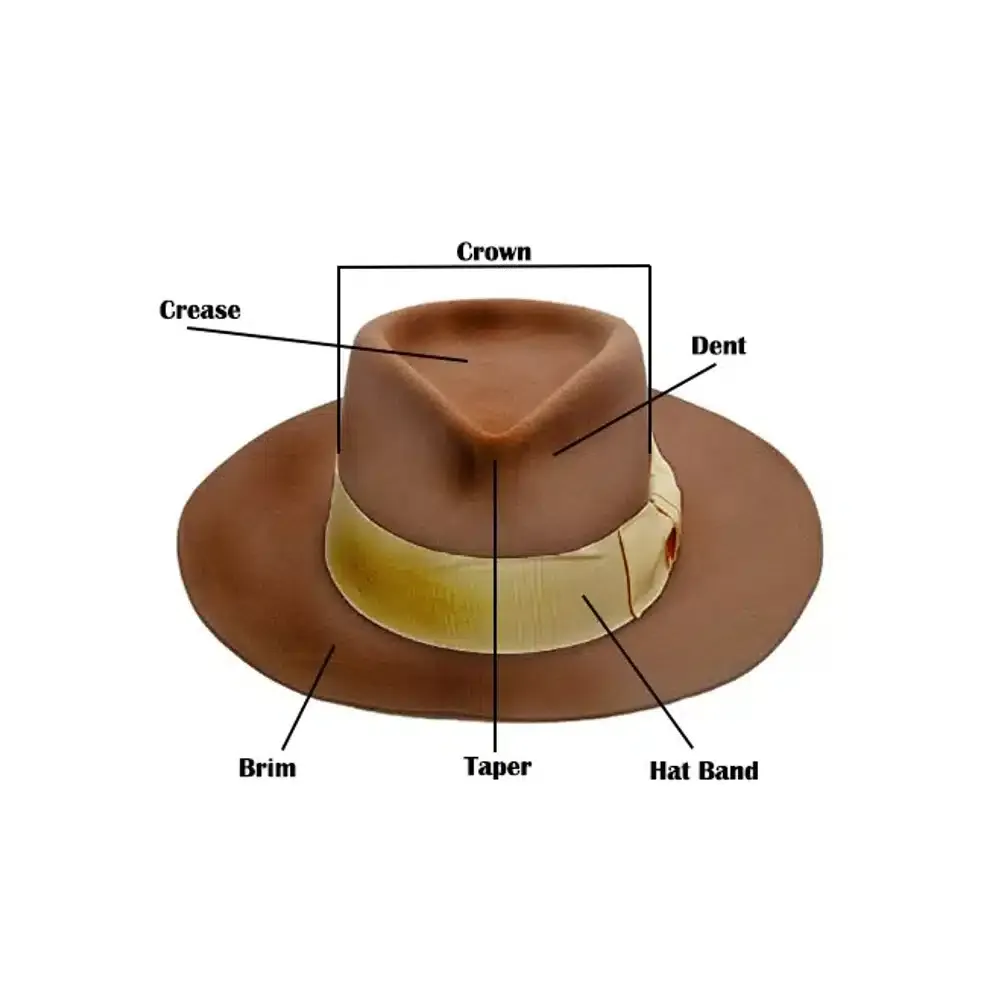
Hat trims enhance visual appeal, convey style identity, and can improve fit and comfort through structural support or sweat absorption.
- Style Signaling: A satin ribbon trim on a fedora gives a formal look, while a braided leather band on a cowboy hat signals rugged outdoor style.
- Customization and Branding: Designers use trims to showcase brand identity or seasonality, such as seasonal colors or embroidered logos.
- Structural Support: Trims can help maintain the hat’s shape by reinforcing seams or stabilizing the brim.
- Comfort and Hygiene: Sweatbands or moisture-wicking trims inside hats absorb sweat and reduce slippage, making hats more comfortable for long wear.
- Durability: Robust trims like leather resist wear and tear, extending the hat’s lifespan.
Considering both style and function helps manufacturers meet diverse customer needs, blending fashion with practicality.
| Aspect | Description |
|---|---|
| Style Signaling | Satin ribbons give formal looks; braided leather bands convey rugged, outdoor style. |
| Customization & Branding | Trims showcase brand identity and seasonal designs like colors or embroidered logos. |
| Structural Support | Trims reinforce seams and stabilize the brim to maintain hat shape. |
| Comfort & Hygiene | Sweatbands or moisture-wicking trims absorb sweat and reduce slippage for long-lasting comfort. |
| Durability | Durable trims like leather resist wear and extend the lifespan of hats. |
4.Are there specific materials preferred for hat trims in sustainable production?
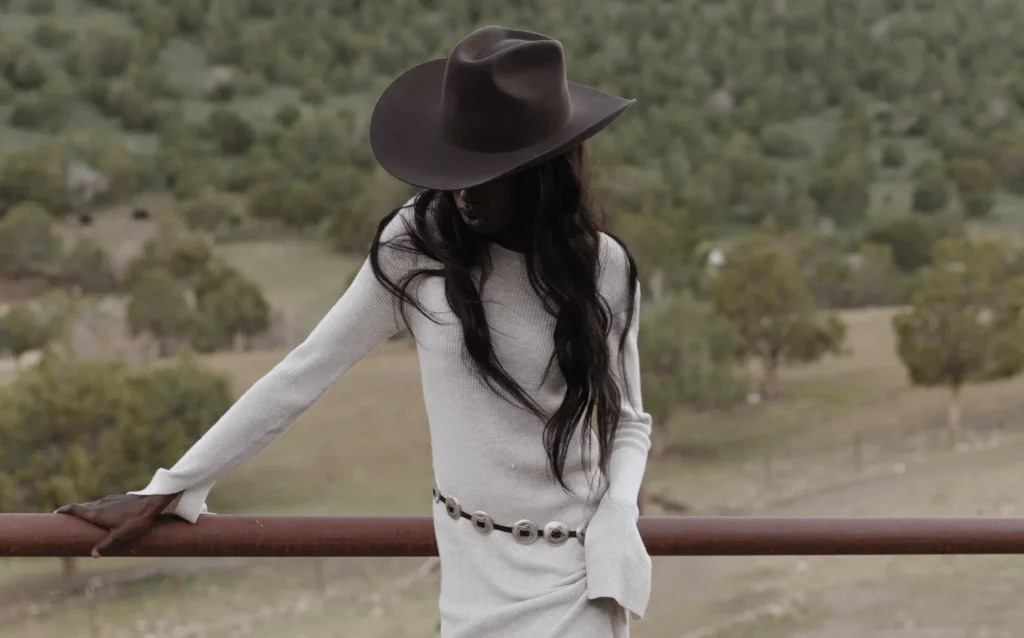
Yes. Sustainable hat trims often use organic cotton ribbons, recycled polyester bands, vegan leather, and natural fibers like hemp or cork.
- Organic and Recycled Fabrics: Using ribbons and bands made from organic cotton or recycled polyester reduces environmental impact while maintaining quality.
- Vegan Leather Alternatives: Cork leather and other plant-based leathers are popular sustainable substitutes for traditional leather trims.
- Natural Fibers: Hemp and jute offer biodegradable, durable trims suited for eco-conscious designs.
- Certifications and Standards: Look for OEKO-TEX or GOTS certifications to ensure trims meet environmental and health safety standards.
- Challenges: Sustainable materials may cost more or require specific production adjustments, but the eco-benefits and market demand often justify investment.
- Consumer Trends: Growing awareness is driving demand for hats with green credentials, encouraging manufacturers to innovate with sustainable trims.
Sustainability in trims is a crucial factor for brands aiming to align with global environmental goals and appeal to conscious consumers.
| Material Type | Description |
|---|---|
| Organic & Recycled Fabrics | Ribbons and bands from organic cotton or recycled polyester reduce environmental impact. |
| Vegan Leather Alternatives | Cork leather and plant-based leathers replace traditional leather trims sustainably. |
| Natural Fibers | Hemp and jute provide biodegradable, durable trim options for eco-conscious designs. |
| Certifications | OEKO-TEX and GOTS certifications ensure environmental and safety standards are met. |
| Challenges | Higher costs and production adjustments, but justified by eco-benefits and market demand. |
| Consumer Trends | Growing demand for eco-friendly hats drives innovation in sustainable trims. |
5.Do different hat styles require different types of trims?

Yes. Hat trims vary widely depending on style, purpose, and cultural context, from simple sweatbands in baseball caps to elaborate bands in fedoras.
| Hat Style | Common Trim Types | Functional Considerations |
|---|---|---|
| Fedora | Grosgrain ribbon bands, leather bands | Adds elegance; helps maintain crown shape |
| Baseball Cap | Sweatbands, stitched piping | Enhances comfort; moisture control |
| Cowboy Hat | Braided leather bands, decorative conchos | Durable trims; stylistic signature |
| Sun Hat | Wide ribbon bands, natural fiber trims | Offers shade, comfort, and aesthetic |
| Beanie | Minimal trims or sewn-on logos | Focus on warmth and fit |
- Cultural Influences: For example, the Panama hat uses natural fiber trims to complement its lightweight design.
- Functional Needs: Sport hats emphasize moisture-wicking trims, while fashion hats focus on visual appeal.
- Customization Trends: Urban streetwear may use embroidered or reflective trims to appeal to younger markets.
Adapting trims to the hat style ensures performance and market fit.
6.How to choose the right trim for your hat design or manufacturing needs?
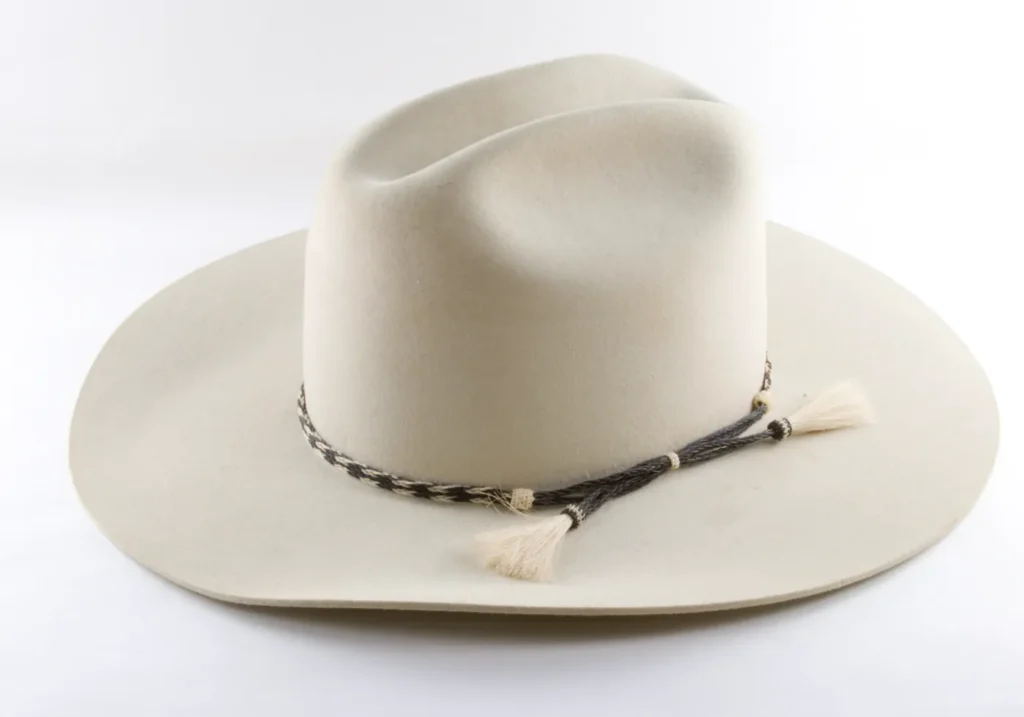
Selecting the right trim involves balancing style, function, sustainability, cost, and customer preferences.
- Understand Your Target Market: Know if customers prioritize fashion, function, or eco-friendliness.
- Match Trim Material to Hat Fabric: Heavy wool hats might pair better with leather bands, while cotton hats suit fabric ribbons.
- Consider Production Scale and Cost: Bulk sourcing of trims can reduce cost but may limit customization.
- Test Durability and Comfort: Ensure trims withstand wear, weather, and user comfort requirements.
- Stay Updated with Trends: Monitor fashion shifts and emerging materials to keep products competitive.
- Collaborate with Suppliers: Work closely with trim suppliers to innovate and tailor products.
Choosing the right trim can differentiate your hats in a crowded market and satisfy diverse consumer demands.
| Key Factor | Description |
|---|---|
| Know Your Market | Identify if customers value fashion, function, or sustainability. |
| Match Materials | Pair trim material to hat fabric (e.g., leather bands with wool, ribbons with cotton). |
| Production Scale & Cost | Bulk sourcing lowers costs but may reduce customization options. |
| Test Durability & Comfort | Ensure trims hold up under wear, weather, and provide comfort. |
| Follow Trends | Keep up with fashion and material innovations. |
| Supplier Collaboration | Partner with suppliers for tailored, innovative trim solutions. |
Final Thoughts and Next Steps
The trim around a hat is far more than a simple decoration — it’s a defining feature that blends style, function, and sustainability. Whether you’re designing classic fedoras, sporty caps, or eco-friendly sun hats, understanding trim types, materials, and uses empowers you to create hats that resonate with customers and stand the test of time.
If you’re interested in high-quality, customizable hat trims and expert manufacturing support, Kinwin is here to help. With advanced equipment, strict quality controls, and a passion for innovation, we specialize in producing durable, stylish, and eco-conscious hats tailored to your brand’s needs.
Contact Kinwin today for personalized consultations and custom orders to elevate your hat collections with premium trims that truly make a difference.




